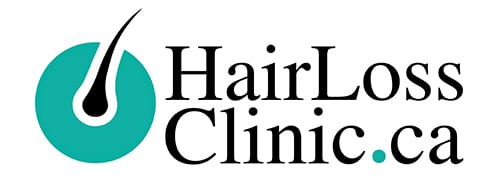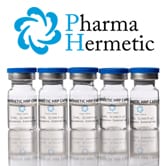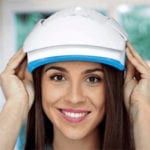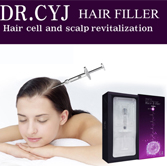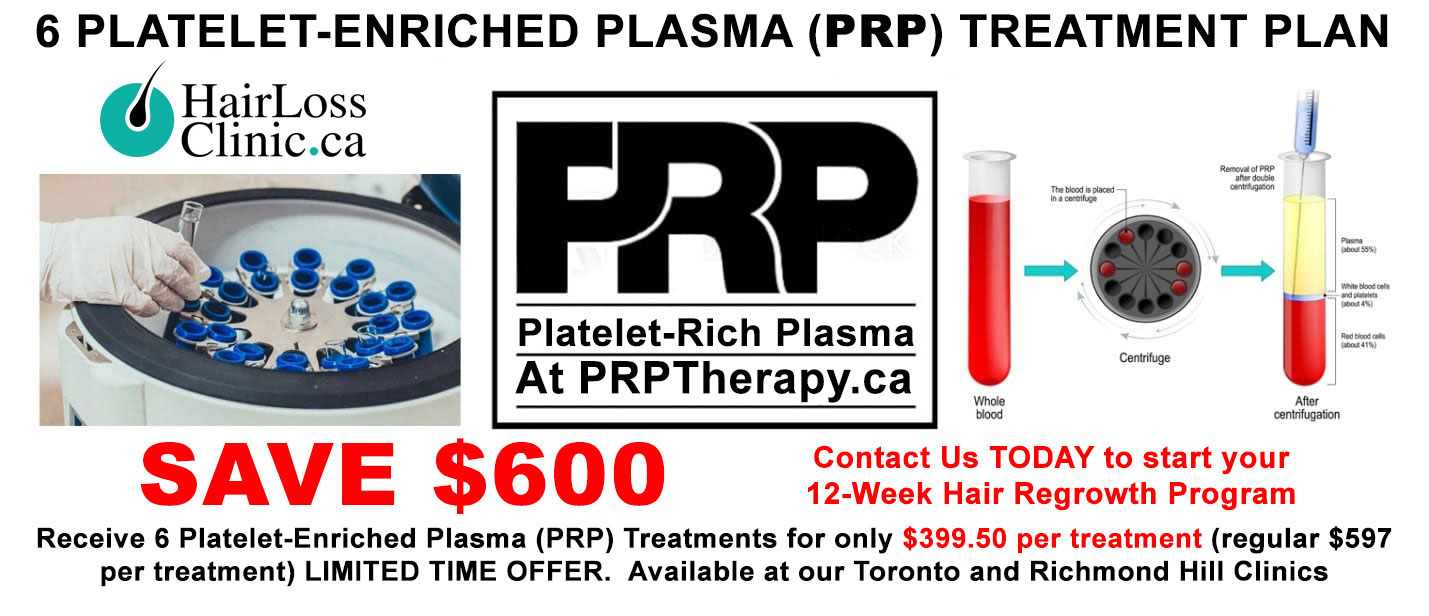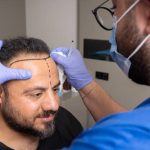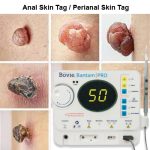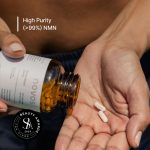March 11, 2023 By simonw Comments are Off prp injections
Table of Contents
Promoting Hair Growth with PRP Injections: What You Need to Know
PRP injections can be a helpful treatment for those who are dealing with alopecia. PRP stands for platelet-rich plasma, which is a solution that is extracted from the patient’s blood. This solution contains a high concentration of platelets and growth factors that can help to stimulate hair growth and repair damaged tissue.
The PRP treatment involves drawing a small amount of blood from the patient and separating the platelet-rich plasma from other components, such as red and white blood cells. Then, this concentrated PRP solution is injected into the scalp in areas with hair loss or thinning.
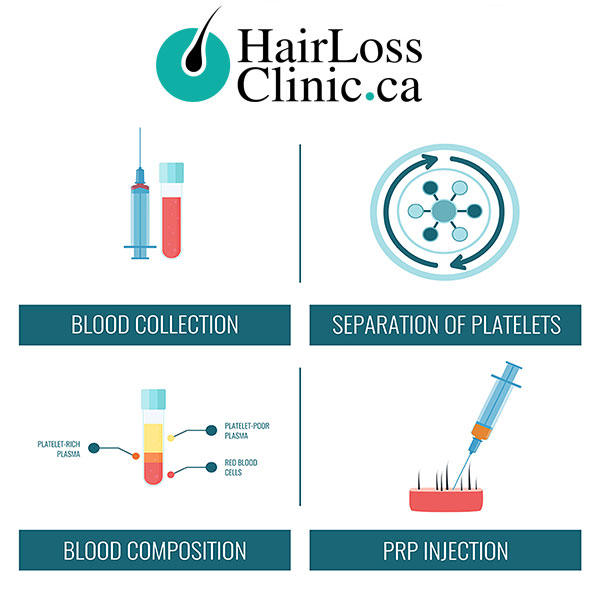
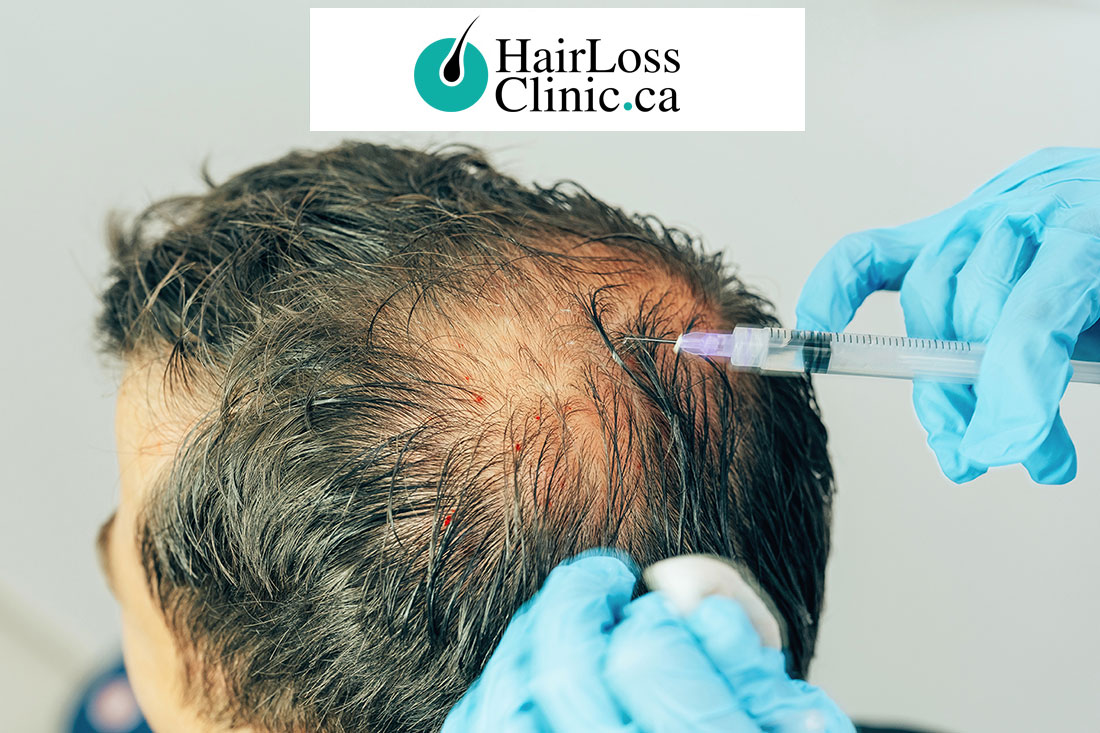
Research has shown that PRP injections can effectively promote hair growth by increasing blood supply to the hair follicles and increasing the production of new hair cells. Studies have also shown that PRP injections can increase hair density and thickness.
PRP injections for alopecia are generally safe and have minimal side effects, such as mild swelling and redness at the injection site. However, in rare cases, the scalp may be infected or injured.
PRP injections can be used alone or with other alopecia treatments such as hair transplant surgery or medications like finasteride or minoxidil. PRP therapy can also help recover and heal after hair transplant surgery or other scalp injuries.
It is essential to know that PRP may not be effective for everyone, and the extent and cause of hair loss can impact their effectiveness. Multiple treatment sessions may be required to achieve the desired results.
Overall, PRP for hair loss are a promising treatment option for those struggling with alopecia. However, talking with a qualified technician to determine if PRP treatment is ideal for you and to discuss any potential side effects or risks is advised.

Book a Consulation
What is PRP therapy, and how does it help with alopecia?
Platelet-rich plasma (PRP) therapy involves using a patient’s blood to extract a concentrated solution of platelets and growth factors. The blend is then administered to the scalp to decrease hair loss and encourage hair growth. In addition, it can help stimulate hair follicles and increase blood flow to the scalp, resulting in thicker and healthier hair growth.
How long does the PRP procedure take?
The PRP procedure takes about an hour to complete. During the procedure, the technician will draw a small amount of blood from the patient, separate the platelet-rich plasma from the blood, and inject it into the scalp in areas of hair thinning.
Are there any side effects of PRP?
PRP therapy is generally safe and has minimal side effects. The most common side effects include mild swelling and redness at the injection site. In rare cases, scalp infection or injury may occur. Therefore, discussing any concerns or potential risks with a qualified technician before undergoing PRP is essential.
How many are PRP treatments needed for hair loss?
The number of treatments for alopecia varies from patient to patient. Typically, patients receive three to four treatments spaced about four weeks apart. However, the number of treatments needed may vary depending on the extent and cause of hair loss.
Is PRP treatment for hair loss effective?
PRP has shown promising results in promoting hair growth and reducing hair fallout. Several studies have reported positive effects, including increased hair density and thickness. However, the effectiveness of PRP therapy may vary depending on the cause and extent of the alopecia.
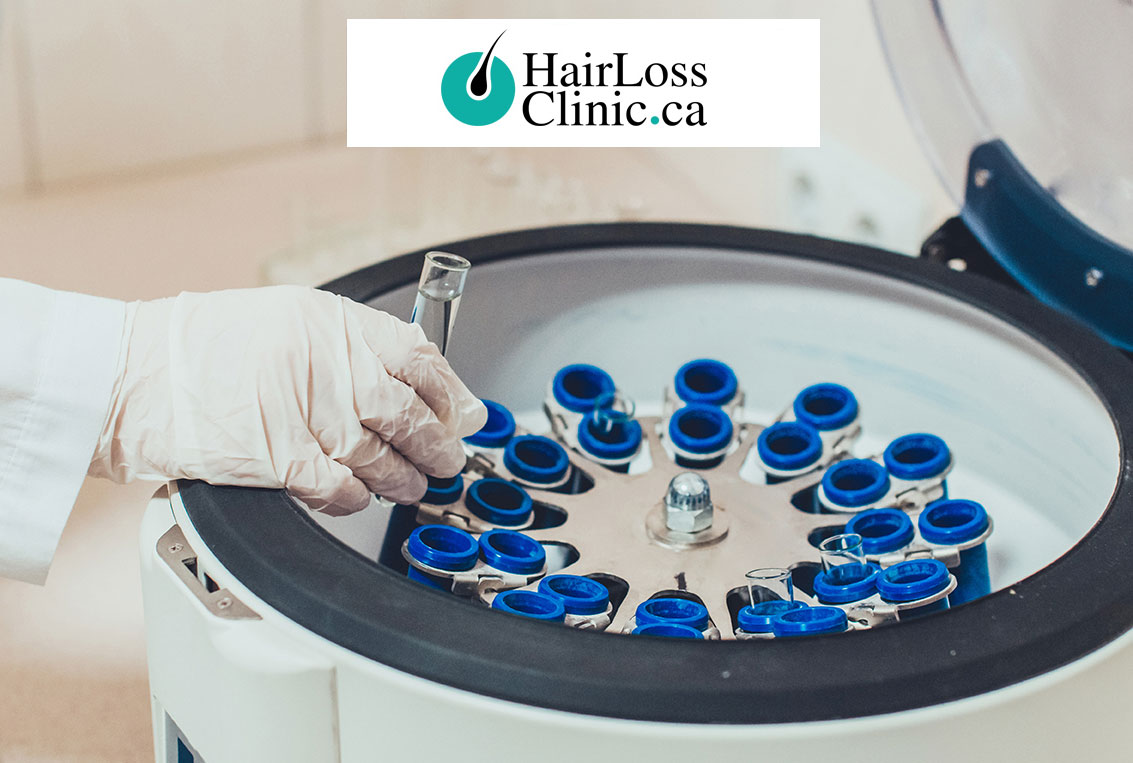

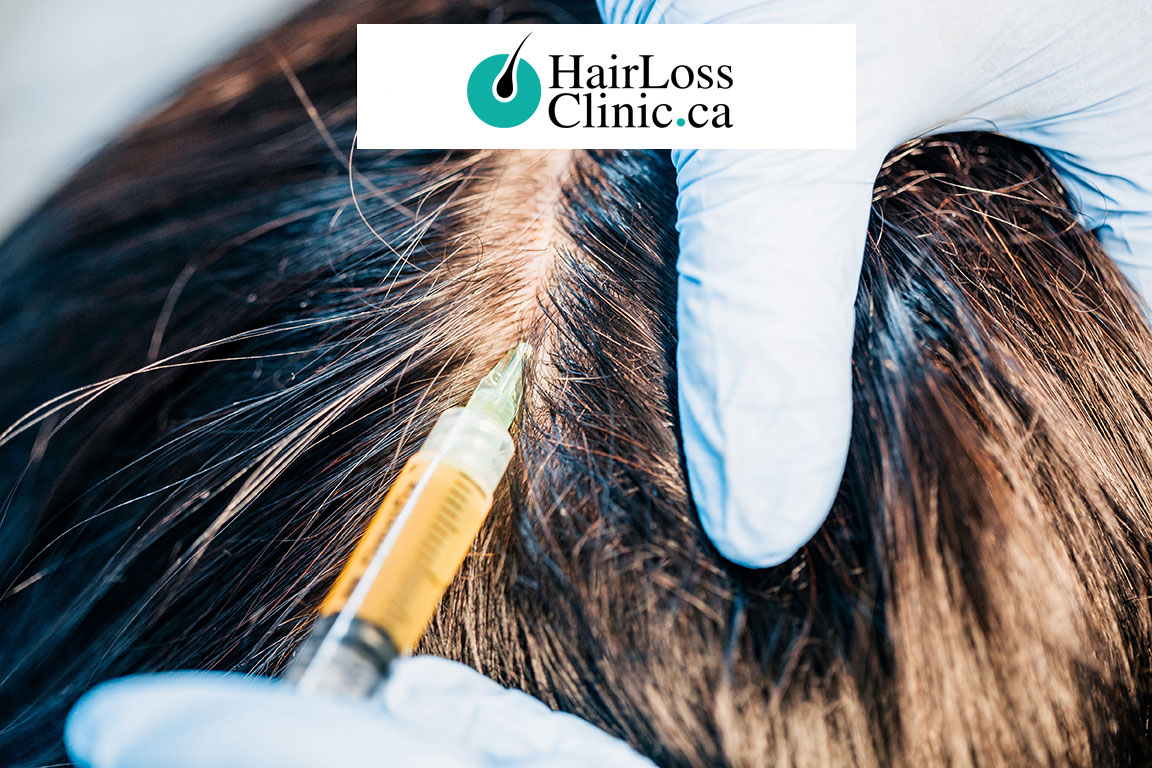
How does PRP injections work for hair loss?
PRP therapy works by stimulating the hair follicles with the concentrated platelet-rich plasma. The growth factors in the PRP promote tissue regeneration and repair, which can improve hair growth and reduce hair loss.
What is the procedure for PRP therapy for hair loss?
The procedure involves taking blood from the patient and processing it to separate the platelet-rich plasma from other blood components. The PRP is then injected into the balding or thinning areas of the scalp.
Is PRP therapy painful?
Most patients report minimal discomfort during PRP therapy. However, a local anesthetic may be used to numb the scalp during the procedure.
Is PRP therapy for alopecia safe?
PRP therapy for alopecia is generally considered safe, as the patient’s own blood is used to create the platelet-rich plasma. As with any medical treatment, there are some potential risks and side effects.
Who would be an ideal candidate for PRP therapy to combat alopecia?
PRP therapy for alopecia may be a good option for individuals experiencing hair thinning or hair loss due to androgenetic alopecia, or male or female pattern baldness. This treatment may not be as effective for other hair loss types, such as alopecia areata.
Takeaway
PRP injections, also known as inject PRP, are a popular cosmetic treatment used to rejuvenate the skin, hair, and face. Injection PRP uses the patient’s own platelet-rich plasma to stimulate natural healing and promote the growth of new tissue. PRP injection cost Ontario can vary depending on the provider and the specific treatment area.
The cost for PRP injection is often worth it for those seeking a non-surgical and effective way to improve their appearance. PRP injection hair is a common use for the treatment, as it can help to thicken and strengthen hair follicles. Additionally, PRP injection facial can be used to improve skin tone and texture, while PRP for face can help to reduce the appearance of wrinkles and fine lines.
Comments are closed.
